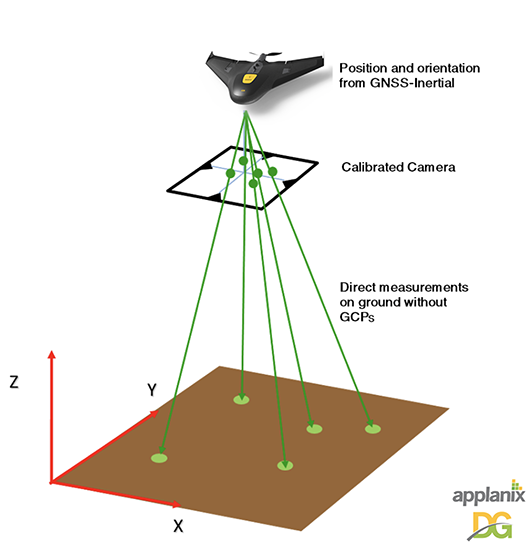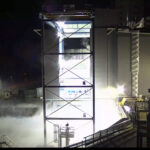Up here in the beautiful Pacific Northwest — yes, the sun is shining; hence, my enthusiasm — we have a wealth of wildlife. It goes nicely with the splendid landscape.
We have birds of all songs and colors. (Migratory Western tanagers passing through right now.) A selection of bears, mountain lions, the occasional wildcat. A surfeit of deer.
Even buffalo and grey wolves are making their comeback.
Up here in the beautiful Pacific Northwest — yes, the sun is shining; hence, my enthusiasm — we have a wealth of wildlife. It goes nicely with the splendid landscape.
We have birds of all songs and colors. (Migratory Western tanagers passing through right now.) A selection of bears, mountain lions, the occasional wildcat. A surfeit of deer.
Even buffalo and grey wolves are making their comeback.
We have salmon and steelhead, too, both wild and fishery stock. Native to all the streams, making a great show of their migrations to and from the Pacific Ocean.
They’ve been here a long time.
In fact, a variety of landlocked sockeye salmon, known as kokanees, adapted to the Cascade Mountain lakes around here tens of thousands of years ago when their access to the sea was cut off by changes in geography.
Salmon once were so numerous and cheap in the Northwest that the city of Portland passed a law that prohibited the serving of the richly flavored fish more than three times a week in boarding houses.
I doubt that the law is on the books anymore, because salmon have become much less abundant in recent years.
Most wildlife biologists attribute that development to the effects of hydroelectric dams built on the rivers here during the past 80 years — big ones that throw a roadblock (well, river block) in the way of the salmon’s rites of passage.
The juvenile salmon and steelhead get chewed up in the dam turbines on their way to the ocean; older salmon seem to get confused and circle around in the pools behind the dams, and few of them seem to like the fish ladders that the Corps of Engineers provided — even though they look perfectly okay to me.
Now, some folks in the hydroelectric business like to lay this problem off on predation by sea lions. And it’s true that these gluttonous mammals lounge around near the mouth of the Columbia River, eating their fill of fish for days on end.
But then sea lions have been doing that for millennia, too, and it never seemed to have made much of a dent in the salmon population.
Nonetheless, I’m not a particular critic of hydroelectricity.
We got to take field trips and visit them during our grade school days. And the historically inexpensive electricity has made it hard for the nuclear power industry to make much of an inroad into the region. A few years ago, Oregon blew up the cooling tower of its only nuclear plant, previously decommissioned after a short and heavily subsidized operation.
But I do kind of sympathize with the argument that the fish were here first, and that they have some rights that deserve respect, which the latter-day dam builders haven’t given them.
All of which brings me a long way around to this report and order issued April 6 by the Federal Communications Commission (FCC) on the subject of opening up mobile satellite services for broadband.
In it, the FCC argued that “responsibility for protecting services rests not only on new entrants [to a spectrum] but also on incumbent users themselves, who must use receivers that reasonably discriminate against reception of signals outside their allocated spectrum. In the case of GPS, we note that extensive terrestrial operations have been anticipated in the L-band for at least 8 years.”
Gosh, seems reasonable — until you consider that GPS has been operating for 30 years in a part of the radio frequency environment designated for low-power space-to-Earth satellite communications. At least, it had been until LightSquared, the FCC, and some political beneficiaries made a back-door run on adjacent allocations.
Oh, and the FCC’s line of reasoning also repudiates the long-established principle that latecomers to an RF band must ensure their operations do not harm existing users.
Too bad for get-rich-quick investors, perhaps, but the burden of proof and the burden of costs remains with the interlopers.





